How Fast Do Snake Plants Grow? 9 Factors That Affect Growth Rate
-
Shea Cummings
- Last updated:
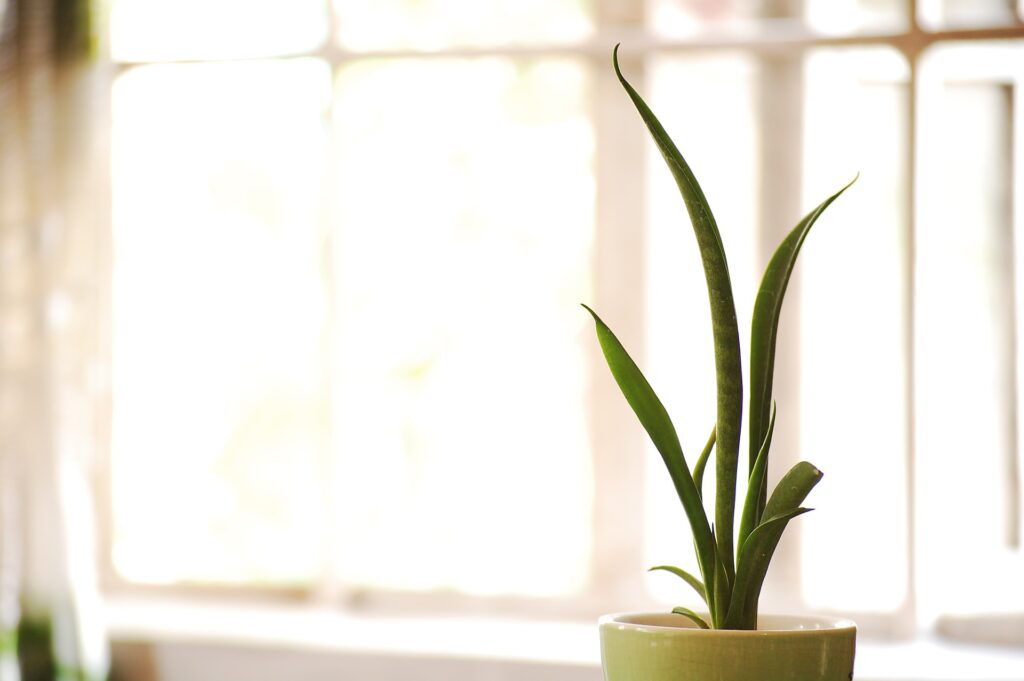
If you’re just beginning as a gardener and are interested in growing a succulent, snake plants are great to learn with. Also known as Sansevieria, these plants are very forgiving, unlike some other succulents.
This reasonably hardy plant can even be grown outdoors in the southern states, in USDA 8 zones or warmer. Its only two real downfalls are overwatering and cold temperatures. However, several other factors can contribute to more or less growth. Let’s take a look at nine of them.
The 9 Factors That Affect Snake Plants Growth Rate
1. Adjustment Period
Plants are like people in the sense that they often need some time to adjust to new environments. Snake plants are no exception to this. Coming to your home from a nursery, there’s a good chance that things in the environment, such as temperature and humidity, will be different. Plus, there’s typically a certain degree of shock when a plant is repotted. There’s nothing you can do about this other than give your new succulent time to adjust.
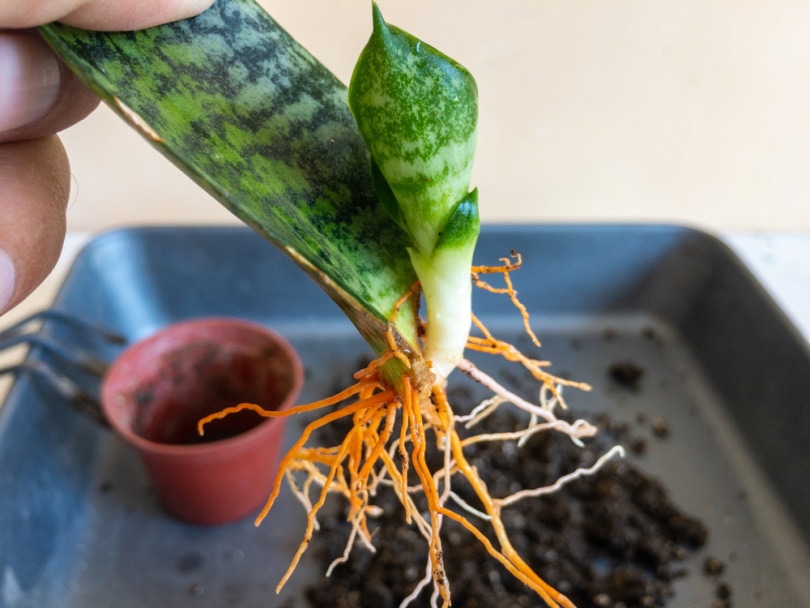
2. Watering
One characteristic that a snake plant shares with other succulents is its sensitivity to too much water. These plants are susceptible to root rot if they sit in water. So, it’s important that you don’t overwater them.
In addition to paying attention to watering, you’ll also want to ensure that you use succulent soil. The reason for a special potting mix is that it will be formulated to encourage draining with ingredients such as sand, lava rock, or pumice.
3. Overfertilization
Fertilization is crucial for healthy growth in a snake plant. However, just like it’s easy to overwater, it’s also easy to overfertilize. Too much fertilizer will typically have the opposite effect that you’re looking for.
Generally, you’ll fertilize two to three times during the plant’s active growth season. Then, you’ll cut that in half through the fall, and into the winter, you’ll stop fertilizing the plant while it’s dormant.
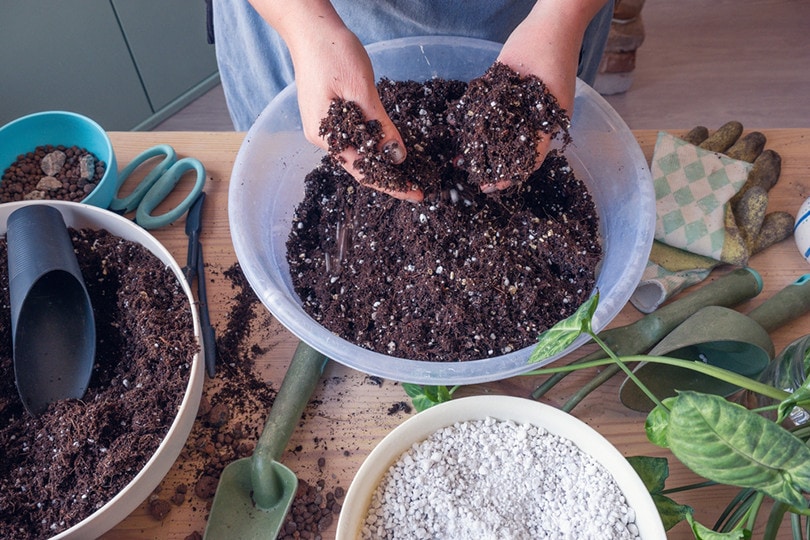
4. Season
Whether you’re growing a snake plant indoors or out, it has a growing season and a dormant season. Spring to summer is the plant’s growing season, and it will grow like crazy in the right environment with the correct amount of water and fertilizer. During the fall, it will slow down, then the plant goes dormant into winter. So, don’t be surprised when growth stops for a few months.
5. Potting Soil Choice
One reason that choosing the right soil for your snake plant is important is for drainage. Properly draining soil will help prevent root rot, especially if you give it too much water. Another important reason for a suitable soil choice is that the proper mix will encourage the right pH level for the snake plant to thrive.
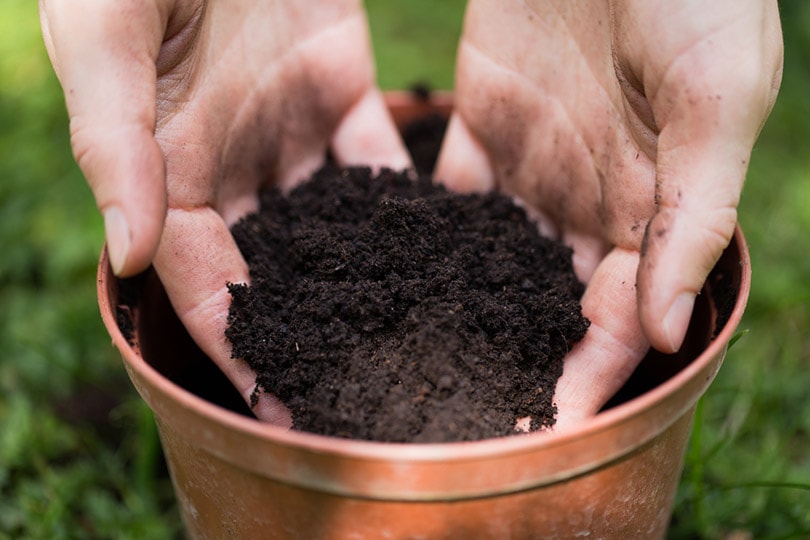
6. Environment
Snake plants are hardy succulents that can manage in low light and drought conditions. However, it won’t live its best life this way. But a balance is needed because the leaves burn easily if you add too much light. Whereas if you choose to grow it with less light, the plant will be healthy, but it won’t be bushy, which is half the appeal of a snake plant. So, the ideal situation is average room temperature and bright, indirect light.
7. Pruning
Most house plants will require some degree of pruning. When you prune a dead or dying leaf, it frees up the nutrients that would be wasted. The plant can then focus on increasing existing growth or sending out new shoots.
Brown or yellow leaves are telltale signs of a leaf that should be removed. In addition to encouraging growth, pruning also allows you to shape the plant to a certain extent too. Remember to only prune during the plant’s growing season, so it can repair itself and continue growing.
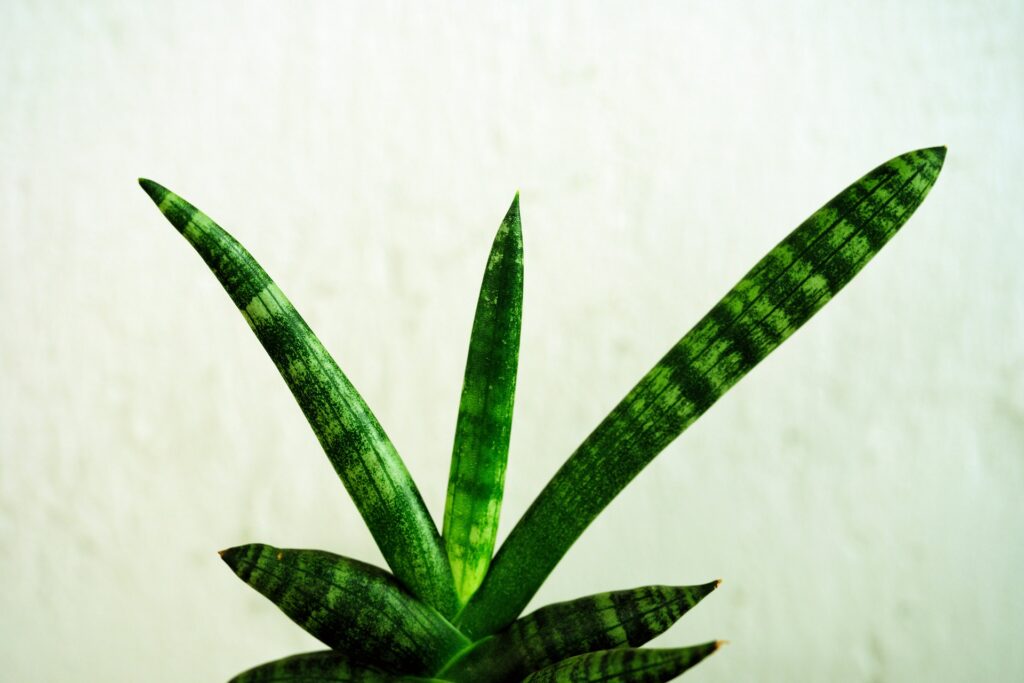
8. Pot Size
One of the cool things about a snake plant is its ongoing and aggressive growth, especially for a succulent. However, pot size will play a major role in this. If you use too small of a pot, eventually the plant becomes root-bound, and growth will stop—the plant will still be healthy; you just won’t be enjoying any new growth.
At the same time, you don’t want to put a snake plant in too large of a pot because you could run into issues like the plant not being able to absorb enough nutrients from the surrounding soil or the soil staying wet and encouraging root rot.
9. Pest Activity
Spider mites, aphids, and mealybugs are three common pests that love to snack on snake plants. If you notice the leaves developing brown-colored tips, it’s a good idea to inspect the entire plant carefully. And if you discover it’s infested, you’ll want to move it away from the other plants to prevent cross-infection.
You can use a natural pesticide such as neem oil diluted with water. Or you can buy a commercially produced product to give you effective results. If the pests aren’t dealt with, the results could be stunted growth or even death of the plant.
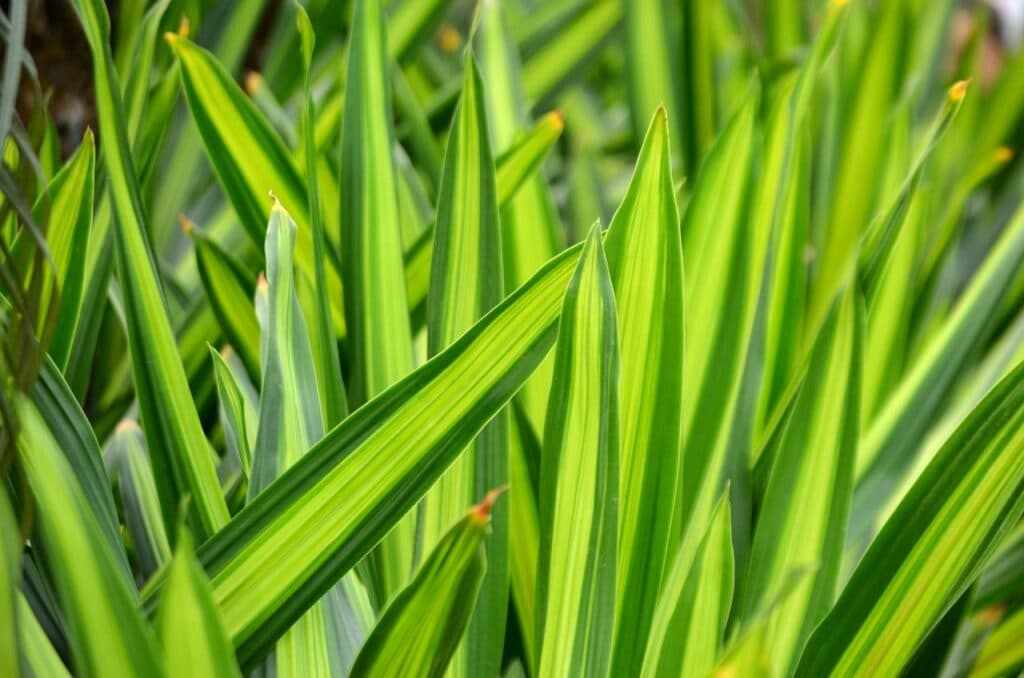
In Conclusion
As you can see, snake plants aren’t all that difficult to take care of. Most of these factors won’t outright cause the plant to die. They may just mean it grows more slowly or stops growing. But given the right care and conditions, your snake plant will keep thriving and growing larger.
- Related Read: Do Snake Plants Like to Be Root Bound?
Featured Image Credit: cool2compute, Pixabay
Contents
